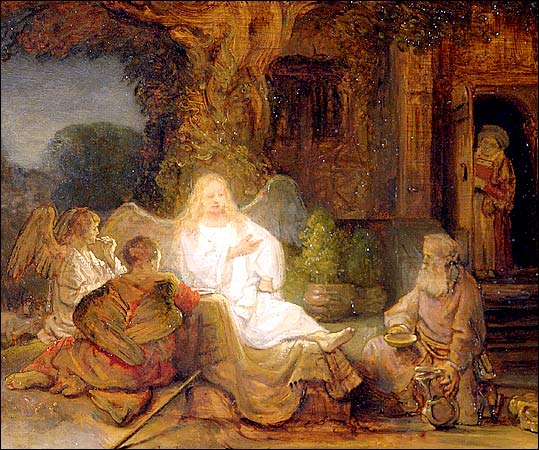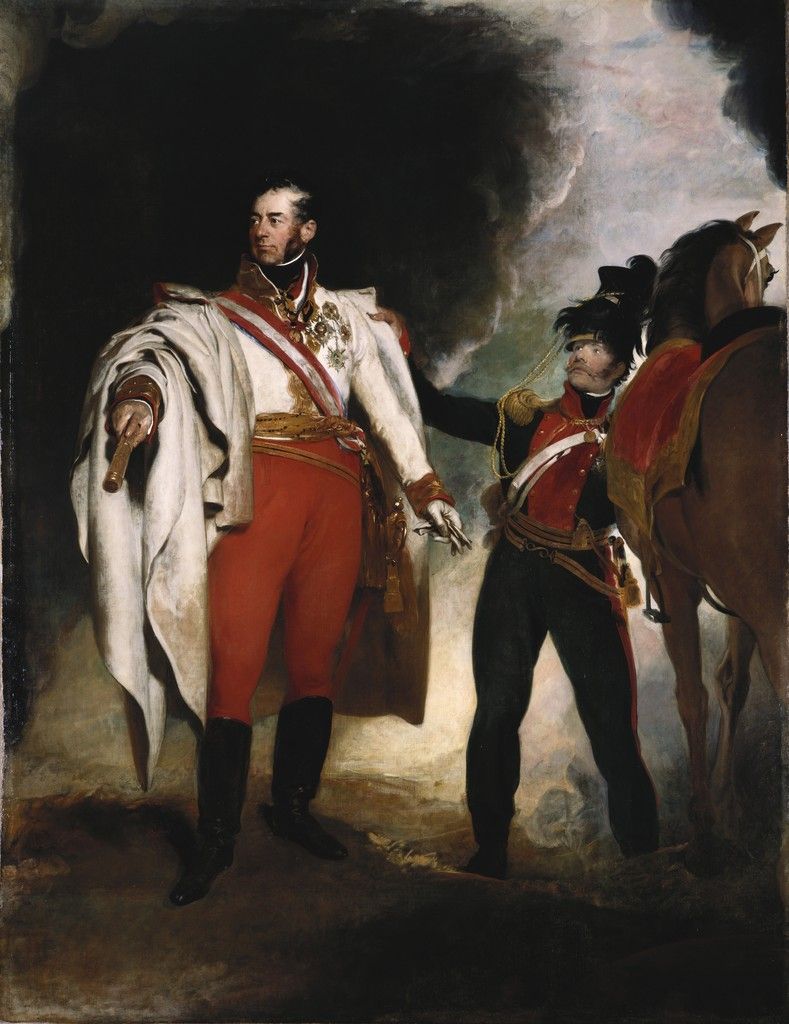|
Emanuel Max
Emanuel Max, after 1876: Ritter von Wachstein (19 October 1810, JanovToman Prokop, ''Nový slovník československých výtvarných umělců'' (New Dictionary of Czechoslovak Artists), Vol.2, Rudolf Ryšavý, Prague (1950) – 22 FebruaryMiloš Szabo, ''Pražské hřbitovy. Olšanské hřbitovy III.'', Libri, Prague (2011) 1901, Prague) was a German-Czech sculptor. His brother was the sculptor Josef Max. Life Max was born into a family of sculptors and woodcarvers and received his first lessons from his father. He later studied painting at the Academy of Fine Arts, Prague, under Joseph Bergler and . The academy did not have a sculpture department at that time, so he also studied at the Vienna Academy of Fine Arts with Johann Nepomuk Schaller and Franz Käßmann (1760–1833). From 1839 to 1849, he lived in Italy, where he improved his knowledge of the old masters and came under the influence of newer masters, such as Antonio Canova and Bertel Thorvaldsen. He also honed his ... [...More Info...] [...Related Items...] OR: [Wikipedia] [Google] [Baidu] |
Emanuel Ax
Emanuel "Manny" Ax (born 8 June 1949) is a Grammy-winning American classical pianist. He is a teacher in the Juilliard School. Early life Ax was born to a Polish-Jewish family in Lviv, Ukraine, (in what was then the Soviet Union) to Joachim and Hellen Ax. Both parents were Nazi concentration camp survivors. Ax began to study piano at the age of six; his father was his first piano teacher. When he was seven the family moved to Warsaw, Poland (where he studied piano playing at Miodowa school) and then two years later to Winnipeg, Manitoba, Canada, where he continued to study music, including as a member of The Junior Musical Club of Winnipeg. In 1961 the family moved to New York City and Ax continued his studies at the Juilliard School under Mieczysław Munz. In 1970 he received his B.A. in French at Columbia University and became an American citizen. The same year, he received an honorable mention at the VIII International Chopin Piano Competition in Warsaw. In 1973 he won th ... [...More Info...] [...Related Items...] OR: [Wikipedia] [Google] [Baidu] |
Adalbert Of Prague
Adalbert of Prague ( la, Sanctus Adalbertus, cs, svatý Vojtěch, sk, svätý Vojtech, pl, święty Wojciech, hu, Szent Adalbert (Béla); 95623 April 997), known in the Czech Republic, Poland and Slovakia by his birth name Vojtěch ( la, Voitecus), was a White Croatian missionary and Christian saint. He was the Bishop of Prague and a missionary to the Hungarians, Poles, and Prussians, who was martyred in his efforts to convert the Baltic Prussians to Christianity. He is said to be the composer of the oldest Czech hymn '' Hospodine, pomiluj ny'' and ''Bogurodzica'', the oldest known Polish hymn, but his authorship of them has not been confirmed. Adalbert was later declared the patron saint of the Czech Republic, Poland, and the Duchy of Prussia. He is also the patron saint of the Archdiocese of Esztergom in Hungary. Life Early years Born as '' Vojtěch'' in 952 or ca. 956 in gord Libice, he belonged to the Slavnik clan, one of the two most powerful families ... [...More Info...] [...Related Items...] OR: [Wikipedia] [Google] [Baidu] |
Charles Bridge
Charles Bridge ( cs, Karlův most ) is a medieval stone arch bridge that crosses the Vltava river in Prague, Czech Republic. Its construction started in 1357 under the auspices of King Charles IV, and finished in the early 15th century.; The bridge replaced the old Judith Bridge built 1158–1172 that had been badly damaged by a flood in 1342. This new bridge was originally called Stone Bridge (''Kamenný most'') or Prague Bridge (''Pražský most''), but has been referred to as "Charles Bridge" since 1870. As the only means of crossing the river Vltava until 1841, Charles Bridge was the most important connection between Prague Castle and the city's Old Town and adjacent areas. This land connection made Prague important as a trade route between Eastern and Western Europe. The bridge is long and nearly wide. Following the example of the Stone Bridge in Regensburg, it was built as a bow bridge with 16 arches shielded by ice guards. It is protected by three bridge towers, tw ... [...More Info...] [...Related Items...] OR: [Wikipedia] [Google] [Baidu] |
Sychrov Castle
Sychrov Castle can be found near the village Sychrov in the Liberec Region of the Czech Republic. It is a unique example of Neo-Gothic castle architecture from the second half of the 19th century. A large park surrounds the castle. History Since the 15th century, a fort existed in the place now occupied by Sychrov. During the years between 1690 and 1693, a small baroque castle was constructed here. In 1820, the castle was bought by the Rohan family, French aristocrats exiled by the French Revolution who decided to stay in the Austrian Empire. The 125-year-long ownership by the Rohans proved to be the most important in the castle's history. In 1945 the castle was nationalized because of the Beneš decrees. Since 1950, it has been open to the public to a small extent. Since the 1970s, however, large parts of the castle were open to the public. Since the beginning of the 1990s, an extensive reconstruction and restoration of the castle exteriors, interiors, and the park have been ... [...More Info...] [...Related Items...] OR: [Wikipedia] [Google] [Baidu] |
Godfrey Of Bouillon
Godfrey of Bouillon (, , , ; 18 September 1060 – 18 July 1100) was a French nobleman and pre-eminent leader of the First Crusade. First ruler of the Kingdom of Jerusalem from 1099 to 1100, he avoided the title of king, preferring that of prince (''princeps'') and ''Advocatus Sancti Sepulchri'', or Advocate of the Holy Sepulchre. Second son of Eustace II, Count of Boulogne, Godfrey became Lord of Bouillon in 1076 and in 1087 Emperor Henry IV confirmed him as Duke of Lower Lorraine, a reward for his support during the Great Saxon Revolt. Along with his brothers Eustace III and Baldwin of Boulogne, Godfrey joined the First Crusade in 1096. He took part in actions at Nicaea, Dorylaeum and Antioch, before playing a key role during the capture of Jerusalem in 1099. When Raymond IV of Toulouse declined the offer to become ruler of the new kingdom, Godfrey accepted the role and secured his kingdom by defeating the Fatimids at Ascalon a month later, bringing the First Crusade t ... [...More Info...] [...Related Items...] OR: [Wikipedia] [Google] [Baidu] |
Henri, Duke Of Rohan
Henri (II) de Rohan (21 August 157913 April 1638), Duke of Rohan and Prince of Léon, was a Breton-French soldier, writer and leader of the Huguenots. Early life Rohan was born at the Château de Blain (now a part of Blain, Loire-Atlantique), in Brittany. His father was René II, viscount of Rohan (1550–1586), and head of one of the oldest and most distinguished families in France, which was connected with many of the reigning houses of Europe.''Louis XIV, and the Court of France in the Seventeenth Century: In Three Volumes (Volume 1)'' by Julia Pardoe (Bentley, 1847) He was educated by his mother, |
Archangel Raphael
Raphael (, "God has healed"), ''Rəfāʾēl'', Tiberian: ''Răp̄āʾēl''; lit. 'God has healed'; grc, Ραφαήλ, ''Raphaḗl''; cop, ⲣⲁⲫⲁⲏⲗ, ''Rafaêl''; ar, رافائيل, ''Rāfā’īl'', or , ''Isrāfīl''; am, ሩፋኤል, ''Rufaʾel''. is an archangel first mentioned in the Book of Tobit and in 1 Enoch, both estimated to date from between the 3rd and 2nd century BCE. In later Jewish tradition, he became identified as one of the three heavenly visitors entertained by Abraham at the Oak of Mamre. He is not named in either the New Testament or the Quran, but later Christian tradition identified him with healing and as the angel who stirred waters in the Pool of Bethesda in John 5:2–4, and in Islam, where his name is Israfil, he is understood to be the unnamed angel of Quran 6:73, standing eternally with a trumpet to his lips, ready to announce the Day of Judgment. In Gnostic tradition, Raphael is represented on the Ophite Diagram. Origins in post ... [...More Info...] [...Related Items...] OR: [Wikipedia] [Google] [Baidu] |
Krásný Dvůr Castle
Krásný Dvůr Castle (german: Schönhof) is a Baroque chateau in Krásný Dvůr, North Bohemia, Czech Republic. It has a English-style landscape park and a garden inspired by that of Versailles. History The first records of Krasný Dvůr date back to the 14th century, since then numerous aristocratic families (e.g. Kolowrats) held possession of it until Count Hermann Czernin bought it in the middle of the 17th century. Count Franz Josef Czernin decided to start an extensive reconstruction on a Renaissance villa built on the site of a Gothic stronghold originally constructed by Jan Maštovský of Kolovraty at the end of the 16th century. The reconstruction project was undertaken by Czech architect František Maxmilián Kaňka and was distinctly influenced by the French architecture; construction went on between 1720 and 1724. Some alterations of chateau buildings were made at the end of the 18th century. In 1783 the chapel was erected, in 1791–92 two-pair staircases we ... [...More Info...] [...Related Items...] OR: [Wikipedia] [Google] [Baidu] |
Karl Philipp, Prince Of Schwarzenberg
Karl Philipp, Fürst zu Schwarzenberg (or Charles Philip, Prince of Schwarzenberg; 18/19 April 1771 – 15 October 1820) was an Austrian Generalissimo. He fought in the Battle of Wagram (1809) but the Austrians lost decisively against Napoleon. He had to fight for Napoleon in the Battle of Gorodechno (1812) against the Russians and won. He was in command of the allied army that defeated Napoleon decisively in the Battle of Leipzig (1813). He joined the Battle of Paris (1814) that forced Napoleon to abdicate. Family Karl Philipp was born 18/19 April 1771 in Vienna, the son of Johann Nepomuk Anton of Schwarzenberg and Marie Eleonore Countess of Öttingen-Wallerstein. He was one of thirteen siblings, seven of whom did not reach adulthood.''Biographisches Lexikon des Kaiserthums Oesterreich,'' Band: 33 (1877), ab Seite: 82. Imperial service Karl Philipp entered the imperial cavalry in 1788, fought in 1789 under Lacy and Laudon against the Turks, distinguished himself by his ... [...More Info...] [...Related Items...] OR: [Wikipedia] [Google] [Baidu] |
Křivoklát Castle
Křivoklát Castle is located in Central Bohemia, Czech Republic. History Křivoklát was founded in the 12th century, belonging to the kings of Bohemia. During the reign of Přemysl Otakar II a large, monumental royal castle was built, later rebuilt by king Václav IV and later enlarged by king Vladislav of Jagellon. The castle was damaged by fire several times. It was turned into a harsh prison and the building slowly deteriorated. During the 19th century, the family of Fürstenberg became the owners of the castle and had it reconstructed after a fire in 1826. The Fürstenberg family owned the castle until 1929. Between the 14th and 15th centuries, the first cottages appeared below the castle and the hamlet became known as Budy. Nearby hamlet Čamrdoves grew up, and during the 17th and 18th centuries they became one village. In 1886 the hamlets Budy, Amalín, Čamrdoves, and Častonice created one single administrative unit, the municipality of Křivoklát. Today the cast ... [...More Info...] [...Related Items...] OR: [Wikipedia] [Google] [Baidu] |
Fürstenberg (princely Family)
Fürstenberg (also Fuerstenberg and Furstenberg) may refer to: Historical states * Fürstenberg-Baar, county (1441–1559) * Fürstenberg-Blumberg, county (1559–1614) * Fürstenberg-Donaueschingen, county (1617–1698) * Fürstenberg-Fürstenberg, county (1408–1441, 1704–1716) and principality (1716–1804) * Fürstenberg-Geisingen, county (1441–1483) * Fürstenberg-Heiligenberg, county (1559–1664) and principality (1664–1716) * Fürstenberg-Messkirch, county (1614–1716) and principality (1716–1744) * Fürstenberg-Möhringen, county (1599–1641) * Fürstenberg-Pürglitz, principality (1762–1806) * Fürstenberg-Stühlingen, county (1614–1704) * Fürstenberg-Taikowitz, county (1759–1806) * Fürstenberg-Weitra, county (1705–1806) * Fürstenberg-Wolfach, county (1408–1490) * Principality of Fürstenberg, county (1250–1408) and principality Cities and municipalities * Fürstenberg/Havel, a city in the district of Oberhavel, Brandenburg, Germany * Fürst ... [...More Info...] [...Related Items...] OR: [Wikipedia] [Google] [Baidu] |
.jpg)





